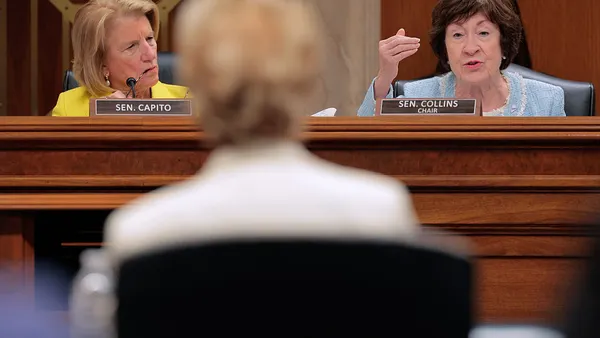An analysis of school district pandemic relief spending in blue and red states shows Democrat and Republican-leaning states have more similarities than differences, according to research from FutureEd, a think tank at Georgetown University's McCourt School of Public Policy.
For example, nearly the same percentage of districts in red and blue states said they plan to invest American Rescue Plan funds toward social-emotional learning. School systems in red and blue states also indicated similar rates of spending for tutoring, teacher training and new school infrastructure.
The analysis shows that despite political divisiveness on mask mandates, instruction on race, and gender identification policies, blue and red states have more in common when it comes to using federal aid to help schools recover from the pandemic.
"I think we tend to see education right now as so polarized, but it's important to know that the people at the ground level, at the district level, are looking across their schools and seeing what teachers need and what students need and it's remarkably similar, regardless of politics," said Phyllis Jordan, co-author of the research report and associate director at FutureEd.
The largest spending difference came in employee benefits and assistance with red states planning to spend ARP funds at three times the rate of blue states. The difference may be due to acute staff shortages in more-rural red states, or because some states asked districts to separate benefit costs in their ARP spending plans, while others combined benefits with salaries, according to the analysis.
The analysis is based on reviews of 5,000 school districts and charter organizations’ plans for ARP spending, which calculate to about $75 billion in federal aid. The figures were originally compiled by the data-services firm Burbio and reflect planned spending, not actual spending.
FutureEd researchers identified blue and red states using FiveThirtyEight's partisan lean metric — a measurement of how a state votes and how the country votes overall.
Collectively, districts received $121.9 billion under the American Rescue Plan, which required that districts dedicate at least 20% of the relief funding for learning recovery. In total, school systems received $189.5 billion in Elementary and Secondary School Emergency Relief funds, including ARP funds, also known as ESSER III.
In the FutureEd analysis of blue and red states, spending trends were viewed under four categories: mental and physical health, staffing, academic recovery, and facilities and operations. Here are the research highlights:







 Dive Awards
Dive Awards






